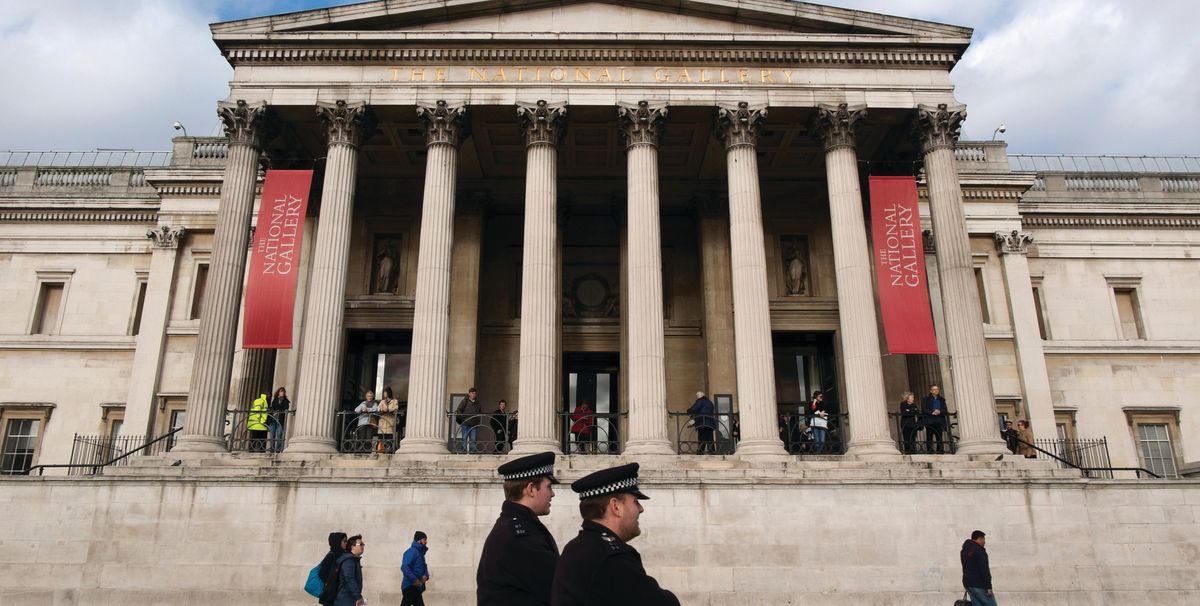Visitor figures for the UK’s government-funded museums are now steadying after a recent fall. The final total is not yet available for the UK financial year ending 5 April, but it is likely to be close to the 47.6 million total for 2015-16, when a drop was recorded. The Art Newspaper has contacted the main art museums to obtain the numbers for the last month of the year, anticipating the data officially compiled by the Department for Culture, Media and Sport.
A crucial factor is the extent to which each museum depends on international tourism. Last summer, overseas visitor numbers to London were down by 1% on the previous year, despite the Brexit referendum and the consequent 10-15% fall in the value of the pound, which made the UK a cheaper holiday destination. After this minor slump in tourism, the autumn months brought a slight recovery. But terrorist incidents in Europe have had a negative impact.
The British Museum received 6.2 million visitors in the 2016-17 financial year, 9% down on 2015-16, which was its most successful year ever. It is particularly dependent on tourism—around 75% of its visitors are foreign. A museum spokeswoman attributes the recent decline in part to the rise in visitors to Britain travelling to see family and friends rather than tourist attractions.
Tate Modern overtook the British Museum with a record 6.3 million visitors, up a massive 37% from 2015-16. The main reason for the surge was the opening of the new Switch House extension last June.
Tate Britain’s figures fell for most of the past financial year, but have spurted ahead recently, thanks to the success of its current David Hockney exhibition (until 26 May). The museum attracted a total of 1.3 million visitors, 6% up on 2015-16. Around half of the visitors to Tate Modern and Tate Britain are from overseas.
The National Portrait Gallery (NPG) received 1.9 million visitors, down 11% on the record year that was 2015-16. Nearly half its visitors are foreign. A gallery spokesman says the decline was partly because of “travel issues such as rail industrial action and security fears amidst increased or perceived threats of terrorist activity”.
The Victoria and Albert Museum in South Kensington had 3 million visitors, down 13% on 2015-16. Around half its visitors are from overseas. This fall has caused concern to the museum’s trustees, but the opening of the new Exhibition Road extension in July should boost the numbers.
The National Gallery had 6.2 million visitors, up 5% on 2015-16, when strikes by gallery staff led to temporary room closures. Nearly two-thirds are from overseas.
The prospects for the new financial year are mixed: the weak pound will continue to encourage foreign visitors, although further terrorist threats would be damaging. New building projects such as the V&A’s are a surefire way to draw the crowds, particularly domestic visitors. So too are exhibitions with blockbuster potential, including Cézanne Portraits at the NPG (26 October-11 February 2018) and Impressionists in London at Tate Britain (2 November-29 April 2018).


